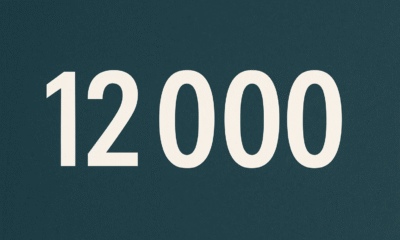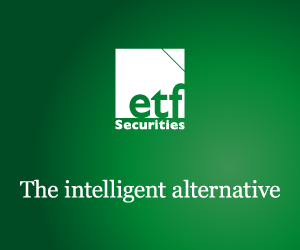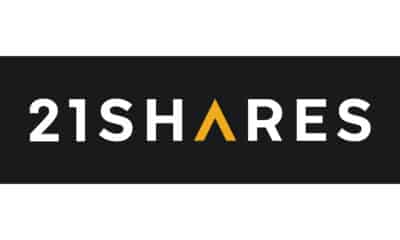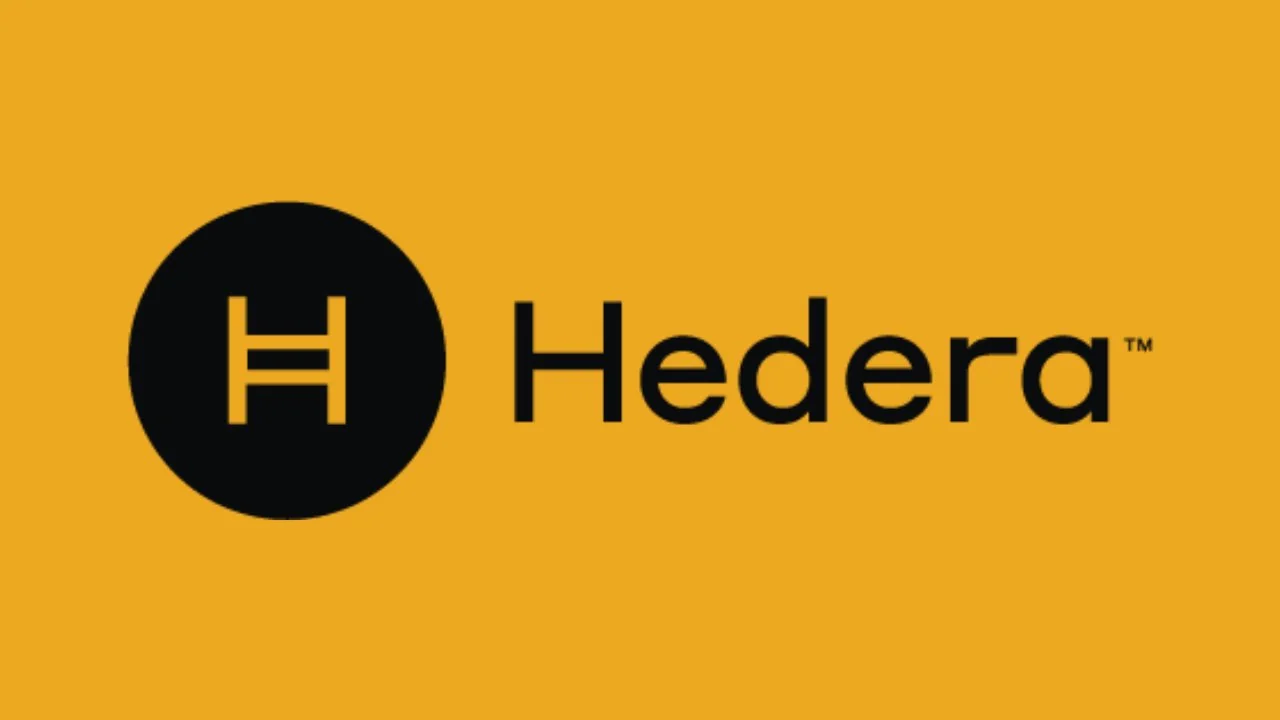CHINA MACRO MONITOR Domestic Equities To Benefit From More Stimulus
OCTOBER 2014. This publication is a monthly report focusing on macro developments in China relevant to investors across asset classes and markets.
Following another month of weakening data, more stimulus has been deployed. Domestic equities are likely to be the key beneficiary of this stimulus as economic growth responds.
Contrary to popular belief, reform and stimulus can and do go hand-in-hand.
An important step to address the current precarious system of local government financing was made by putting in place guidelines that allow local governments to borrow under their own name rather than through intermediaries. We believe the reform will reduce complexity and increase transparency of the financial system and thus go a long way to improve confidence in the sector.
With the completion of the Fourth Plenum meeting last week, we expect further reform to strengthen China’s institutional framework.
With financial intermediation migrating away from the shadow banking sector, the People’s Bank of China has been active in ensuring that the formal banking sector has ample liquidity by pumping in a further CNY200bn into 20 banks on top of the CNY500bn offered to the five largest banks the month before.
While most economic data has continued to weaken, a number of releases were notably better-than-expected, underscoring our view that worst seems to have been priced in. Q3 GDP growth, September industrial production and the October flash HSBC PMIs all came in above consensus expectations in sign that the subtle stimulus measures deployed in the past few months are gaining traction.
CHINA DELIVERS ON LOCAL GOVERNMENT FINANCING REFORM
As we have previously noted, China’s precarious system of local government financing needed urgent reform (see “China Macro Monitor, Is China at Risk of a Debt Crisis?”, July 2014) . On October 2nd, China delivered on that reform with the State Council providing guidelines on local government borrowing and debt management. In conjunction with its amendment to the budget law on 31st August 2014, which included a new legal framework for local governments to issue bonds directly, the reform paves the way for a more direct model of local government finance.
When local governments were prohibited from borrowing directly, they made extensive use of intermediaries called local government financing vehicles (LGFVs) which in turn borrowed from banks and trust companies. These arrangements have been unnecessarily complex and the lack of transparency has damaged confidence in the financial system. The timely reform has therefore been highly welcome.
Most of that LGFV borrowing fell under the category of shadow-banking, with even direct banks loans often taken off-balance sheet by ‘undiscounting’ bankers’ acceptances. A direct consequence of this reform will likely be a contraction in shadow banking activity – a trend we have already observed in the past quarter
A brand new paradigm
Under the guidelines set by the State Council, upper tier governments will be able issue “general obligation bonds” for social and public welfare projects that generate no revenue as well as “special purpose bonds” for projects that generate some revenues but not enough to be self-financing. Upper tier governments will be able to borrow to lend onto lower tier governments and to refinance maturing debt.
Additional requirements for disclosure will enhance transparency, which we believe is a key feature for boosting market confidence. The State Council set quotas on upper tier government borrowing and the Ministry of Finance will vet the subsequent on-lending to lower level governments, consolidating debt control measures.
PBoC remains active in driving liquidity into the financial system
With financial intermediation progressively shifting away from the shadow banking sector, the central bank has been keen to ensure ample liquidity has been maintained in the banking sector. This month the PBoC pumped CNY200bn into a broader range of 20 banks over and above the CNY500bn offered last month to the five largest banks.
As can be seen from the chart on page 1, growth in banking sector loans has also been negative and capital market financing has not been able to compensate for the shortfall in both areas. That underscores the PBoC’s urgency in making sure financing does not falter.
The central bank’s measures also will help address some of the weakness in the real economy as the government firmly maintains its target for 7-8% GDP growth this year.
In a bid to help the ailing housing market set free from a self-fulfilling negative spiral mortgage interest rates and downpayment levels were cut for some borrowers.
14-day repo rates were cut further to 3.4% from 3.5% in October further to the 20bps cut made in September.
FOURTH PLENUM SETS THE SCENE FOR FURTHER REFORM
The landmark Fourth Plenary Session of the Communist Party of China (CPC) Central Committee meeting last week placed the rule of law on the centre stage. The meeting underscored how serious the CPC is about the reforming institutions to deliver better results. A key development will be separate executive and judicial systems, in a move aimed to unencumber the system from corruption that has previously led to inefficient outcomes and delayed the implementation of decisions made by the central government.
We expect reform to continue to be implemented and economic stimulus will help the process of transition.
NEARING THE BOTTOM?
While GDP growth decelerated to 7.3% y-o-y in Q3 2014, it proved to be better than expected. More timely, industrial production data for September grew 8.0% y-o-y, rebounding from a five-year low of 6.9% y-o-y set in August. The flash October HSBC manufacturing PMI also came in higher than expected at 50.4 compared to 50.2 in September. While many other data points remain weak, the industrial data could mark a turning point as stimulus activity gains traction (for a summary of recent policy easing refer to table on page 10).
CHINA A-SHARES TEMPORARILY DIP AS SHANGHAI-HONG KONG CONNECT DELAYED
The Shanghai-Hong Kong Connect has been delayed, helping push the China A-Share market down 3.8% since its recent peak hit on 9th October (however the index is still up 10.6% in the past six months).
It appears that temporary factors have been behind the delay, though no definite time for implementation has yet been given.
State media reports imply that the reason for the delay is the pro-democracy protests in Hong Kong. There is also some speculation that Northbound brokers have requested more time for implementation. All indications point to the testing of the link having been successful, indicating there are no technical blockages to implementation.
In our view the implementation of the program is a matter of when not if, as there are no structural reasons for the delay and it is in the interests of the mainland China government and policy-makers to open up the domestic stock market to foreign investment and mainland flows into the Hong Kong stock exchange.
Therefore, we view the recent correction as a good opportunity for investors who missed the China A-Share rally between July and the beginning of October, to build positions.
For a more detailed overview of the Shanghai-Hong Kong Connect see “Shanghai-Hong Kong Stock Connect: A Boost For China A-Shares”
Although the premium of H-Shares over A-Shares had disappeared temporarily earlier this month, the premium has re-emerged. That opens opportunities to benefit from future arbitrage.
We believe that the recent pull-back in the China A-Share index will be regained on the opening of the Connect as Northbound flows accelerate. Furthermore, ratcheting up of stimulus by the government and central bank will help continue the positive momentum that has dominated the China A-Share index during the second half of this year.
Important Information
This communication has been provided by ETF Securities (UK) Limited (”ETFS UK”) which is authorised and regulated by the United Kingdom Financial Conduct Authority (the ”FCA”).

 Nyheter3 veckor sedan
Nyheter3 veckor sedan
 Nyheter4 veckor sedan
Nyheter4 veckor sedan
 Nyheter3 veckor sedan
Nyheter3 veckor sedan
 Nyheter3 veckor sedan
Nyheter3 veckor sedan
 Nyheter4 veckor sedan
Nyheter4 veckor sedan
 Nyheter2 veckor sedan
Nyheter2 veckor sedan
 Nyheter2 veckor sedan
Nyheter2 veckor sedan
 Nyheter2 veckor sedan
Nyheter2 veckor sedan




























